Optimal Timing for Subfloor Installation
Determining the optimal timing for subfloor installations depends on several factors, including climate conditions, construction schedules, and project-specific requirements. Generally, the best time is during periods of stable weather, avoiding extreme temperatures and high humidity, which can affect the adhesion and stability of the subfloor materials.
Dry, moderate weather with low humidity ensures proper curing and adhesion of subfloor materials.
Spring and early fall often provide optimal conditions, avoiding the extremes of summer heat and winter cold.
Timing the installation to align with other construction phases minimizes delays and ensures quality.
Some materials require specific temperature and moisture levels for proper installation.
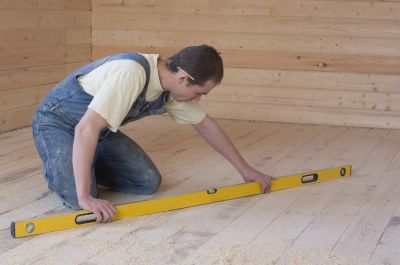
Optimal due to moderate temperatures and lower humidity levels.
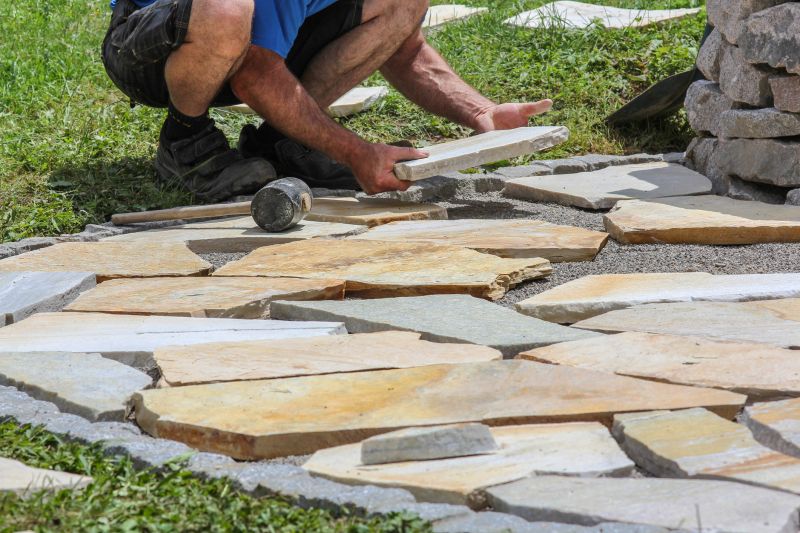
Suitable if indoor conditions are controlled, but outdoor work may face challenges.
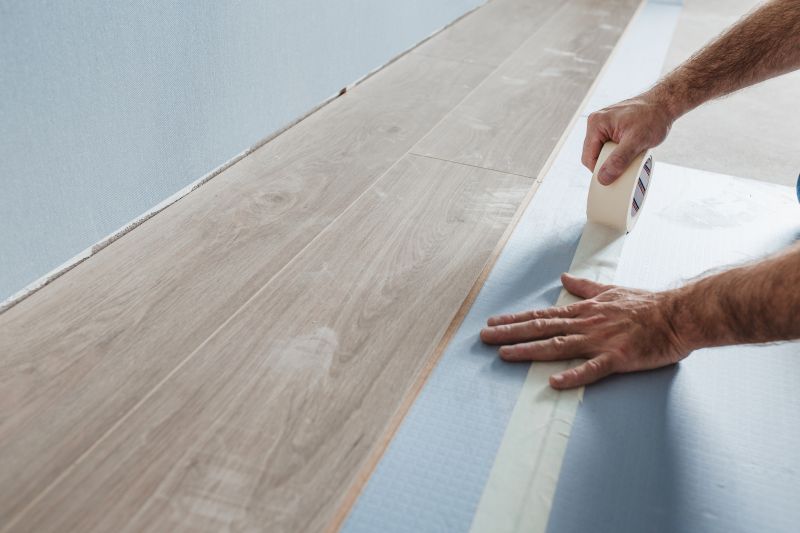
Ideal for avoiding extreme heat and cold, ensuring better adhesion.

Ways to make Subfloor Installations work in tight or awkward layouts.
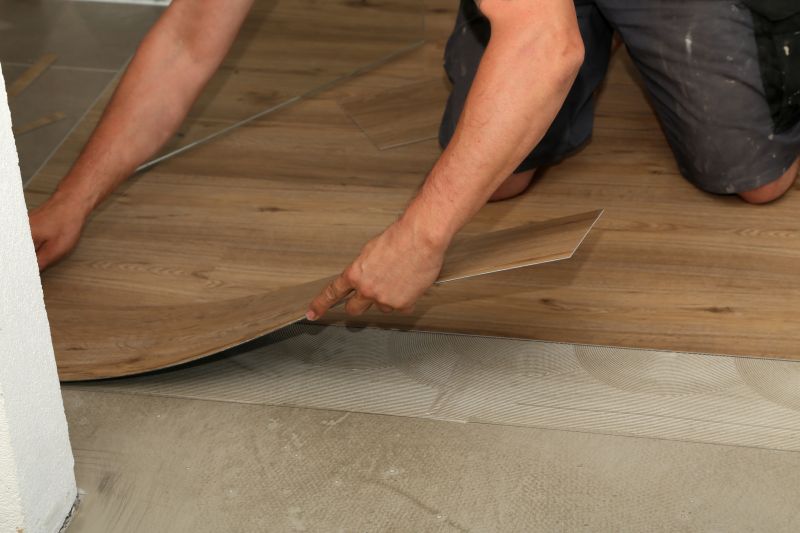
Popular materials for Subfloor Installations and why they hold up over time.
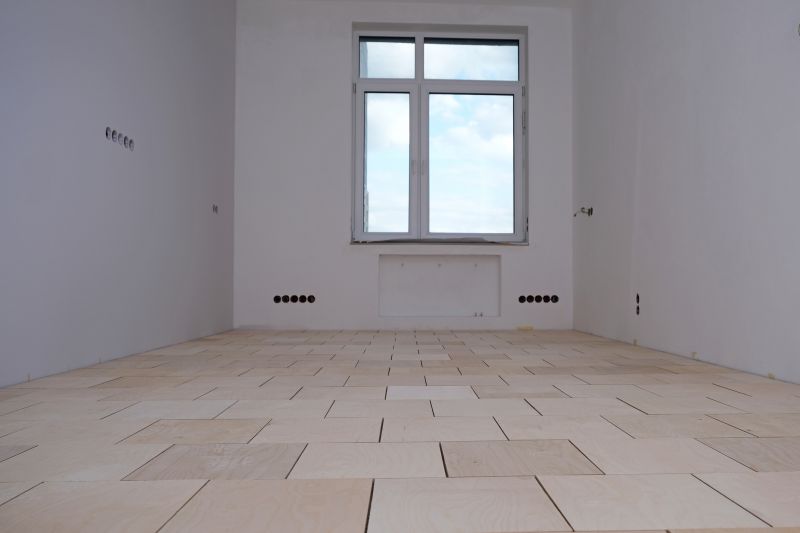
Simple add-ons that improve Subfloor Installations without blowing the budget.
| Factor | Best Practice |
|---|---|
| Temperature | Maintain between 60-75°F during installation |
| Humidity | Keep relative humidity below 60% |
| Weather | Avoid rainy or excessively humid days |
| Material drying time | Allow sufficient curing time before flooring installation |
| Indoor conditions | Ensure climate control for consistent results |
Subfloor installations are a critical phase in flooring projects, requiring careful consideration of timing to ensure durability and proper adhesion. Proper planning around weather and environmental conditions can prevent issues such as warping, cracking, or improper bonding. Accurate assessment of site conditions and adherence to recommended guidelines contribute to a successful installation process.
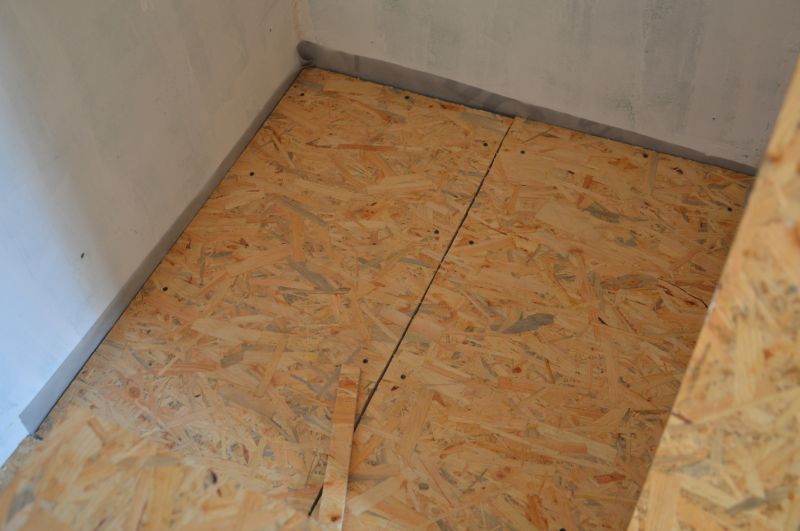
Properly prepared surfaces are essential for optimal installation outcomes.
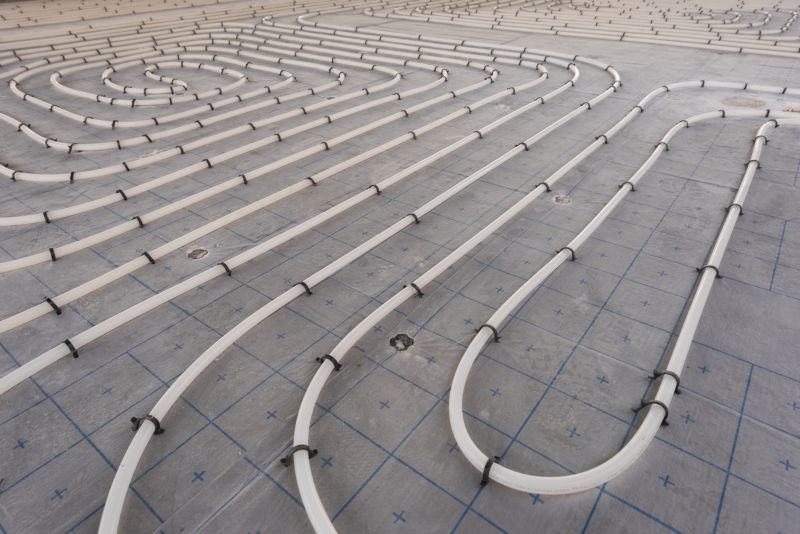
Indoor environments allow for flexible scheduling regardless of outside weather.
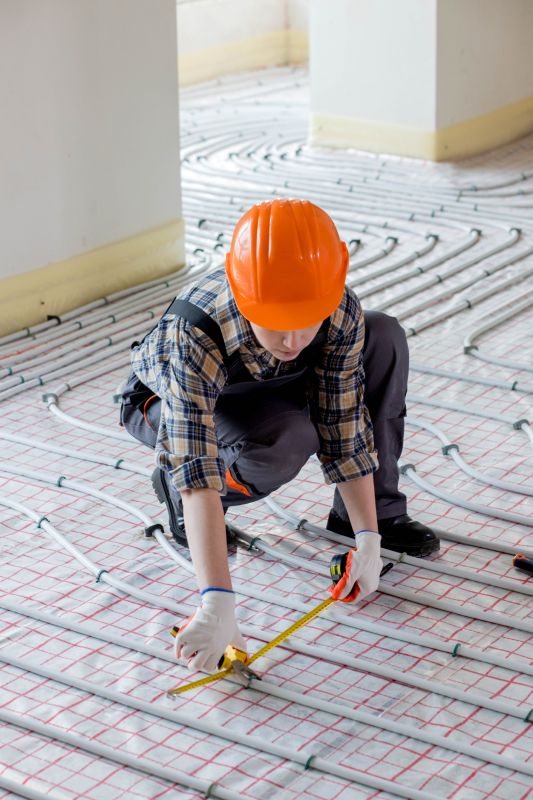
Scheduling during suitable seasons enhances quality and efficiency.
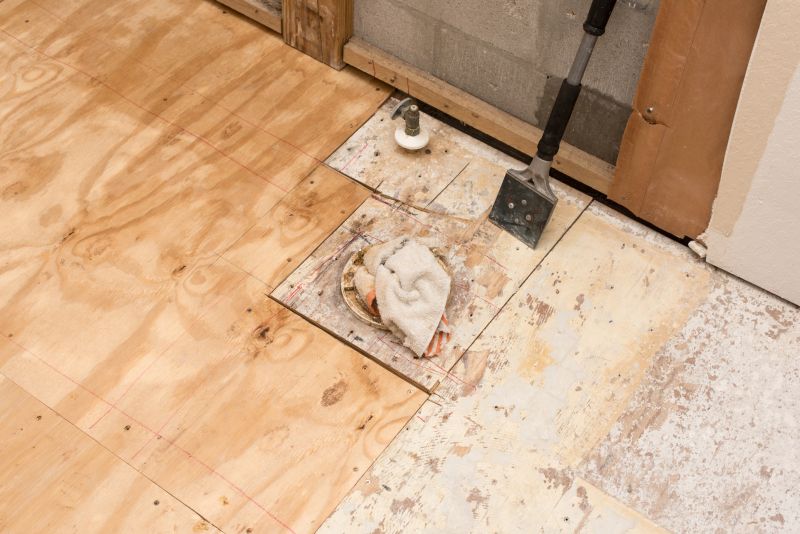
Proper storage prevents moisture absorption and material degradation.
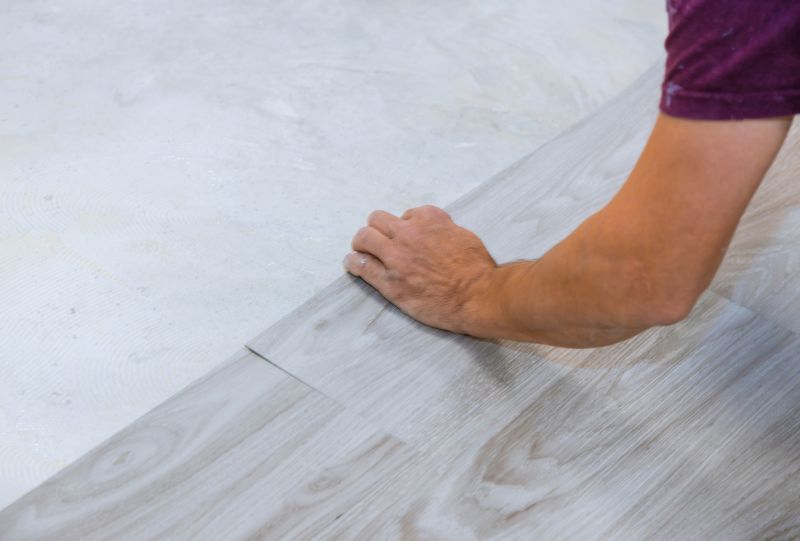
High-end options that actually feel worth it for Subfloor Installations.
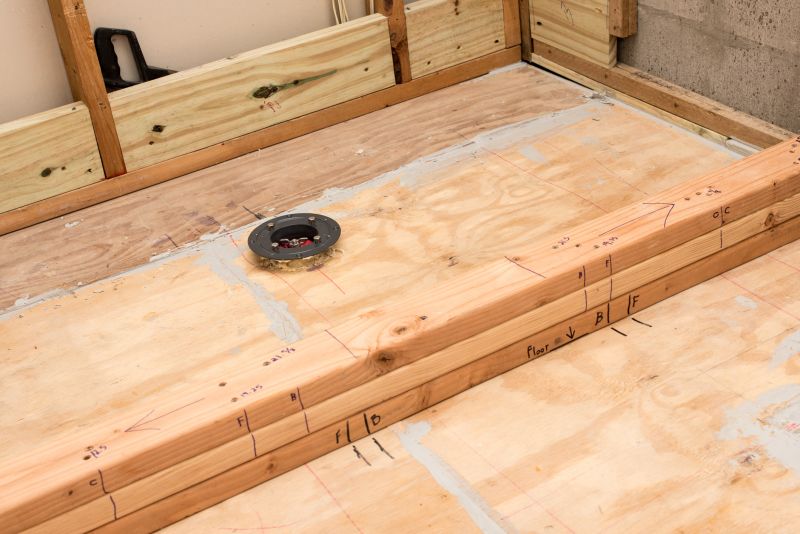
Finishes and colors that play nicely with Subfloor Installations.
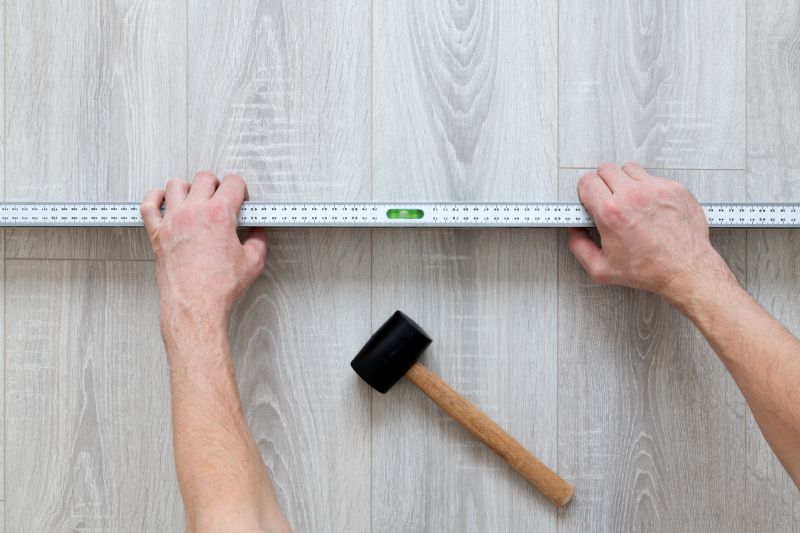
Little measurements that prevent headaches on Subfloor Installations day.
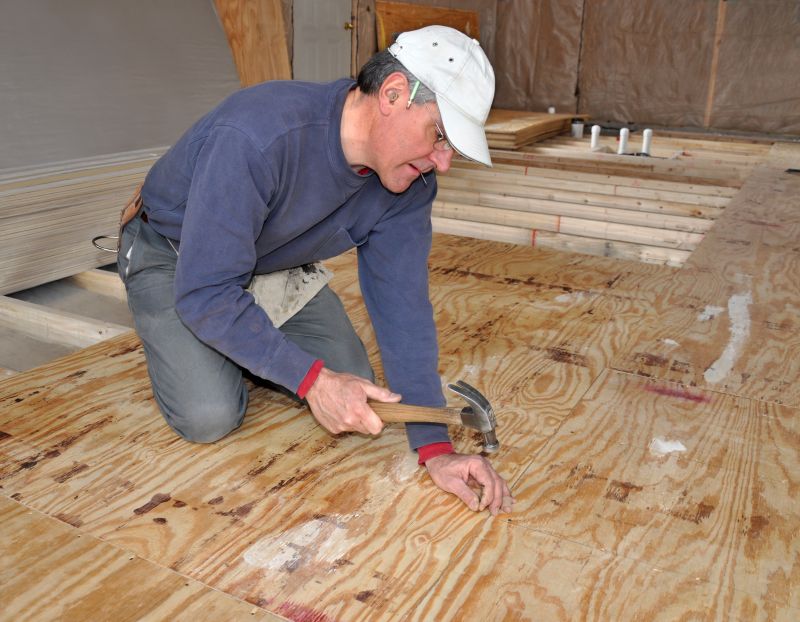
A 60-second routine that keeps Subfloor Installations looking new.
Choosing the right time for subfloor installation can significantly impact the longevity and performance of the flooring. It is advisable to coordinate with professionals who can assess site-specific conditions and recommend the most appropriate timing. Properly scheduled installations help ensure that the subfloor provides a stable and durable foundation for the final flooring layer.
Interested in scheduling a subfloor installation? Contact for more information or to discuss project details and timing options.
